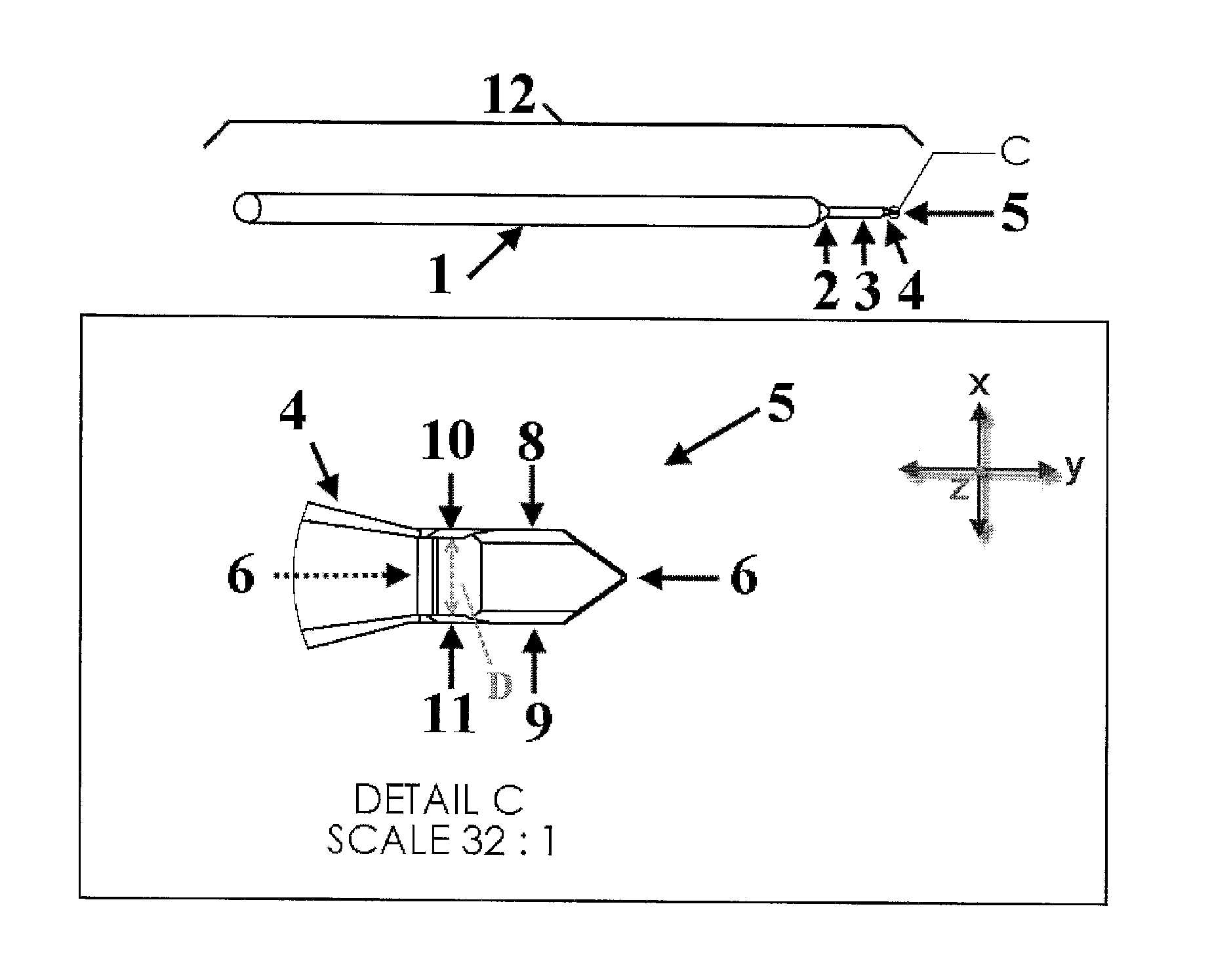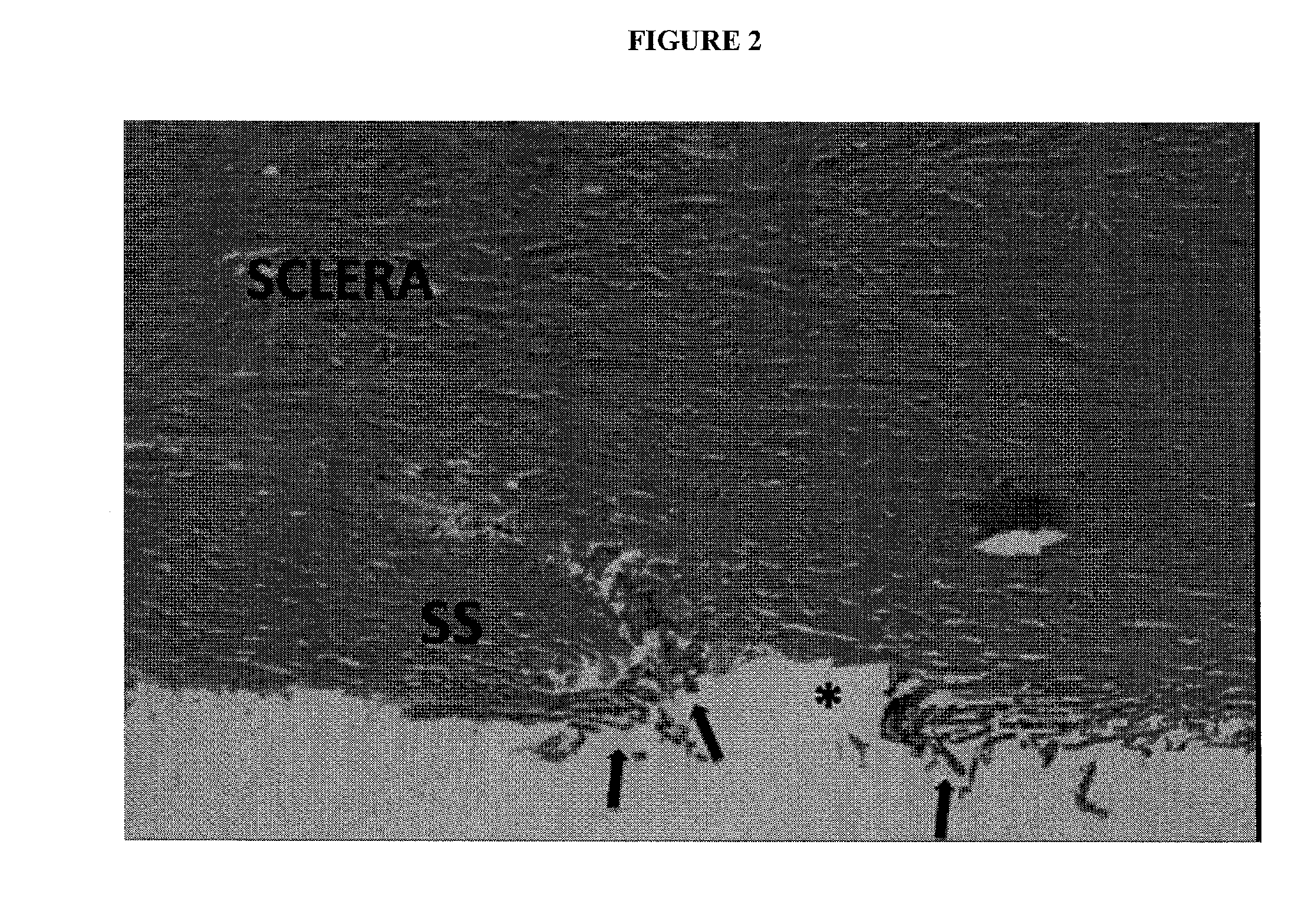Modified dual-blade cutting system
a cutting system and dual-blade technology, applied in the field of surgical medicinal intervention, can solve problems such as increasing intraocular pressure, and achieve the effects of reducing intraocular pressure, facilitating drainage of aqueous humour, and rapid miosis and contraction
- Summary
- Abstract
- Description
- Claims
- Application Information
AI Technical Summary
Benefits of technology
Problems solved by technology
Method used
Image
Examples
Embodiment Construction
[0055]Glaucoma is believed to be one of the leading causes of blindness worldwide [7]. It has been reported that a modifiable disease risk factor is intraocular pressure (IOP). Conventional treatment has centered on lowering TOP pharmaceutically with hypotensive medications or surgically through the use of lasers or incisional procedures. The main area of obstruction to aqueous outflow, with subsequent dysregulation of IOP, is thought to be located at the juxtacanalicular trabecular meshwork (TM) and distal outflow structures [8-10]. Performing a goniotomy or trabeculotomy in adults with glaucoma has not been associated with great success in lowering IOP [11, 12]. In contrast, these procedures have been reported to be more successful in congenital glaucoma, where a membrane covering the TM is thought to be a major factor in impedance of aqueous outflow [13]. More recently, there have been attempts to use novel ab interno trabeculectomy procedures to remove TM in adult patients and r...
PUM
 Login to View More
Login to View More Abstract
Description
Claims
Application Information
 Login to View More
Login to View More - R&D
- Intellectual Property
- Life Sciences
- Materials
- Tech Scout
- Unparalleled Data Quality
- Higher Quality Content
- 60% Fewer Hallucinations
Browse by: Latest US Patents, China's latest patents, Technical Efficacy Thesaurus, Application Domain, Technology Topic, Popular Technical Reports.
© 2025 PatSnap. All rights reserved.Legal|Privacy policy|Modern Slavery Act Transparency Statement|Sitemap|About US| Contact US: help@patsnap.com



